This post may contain affiliate links. Please read my disclosure policy for details. As an Amazon Associate, I earn from qualifying purchases.
Onsen Tamago, or “hot spring eggs“ in Japanese, are slowly poached in the shell in volcanic hot spring water. This creates the most luxurious, silky egg whites and custard-like yolks. Learn how to make this delicious, easy recipe at home with my foolproof method.
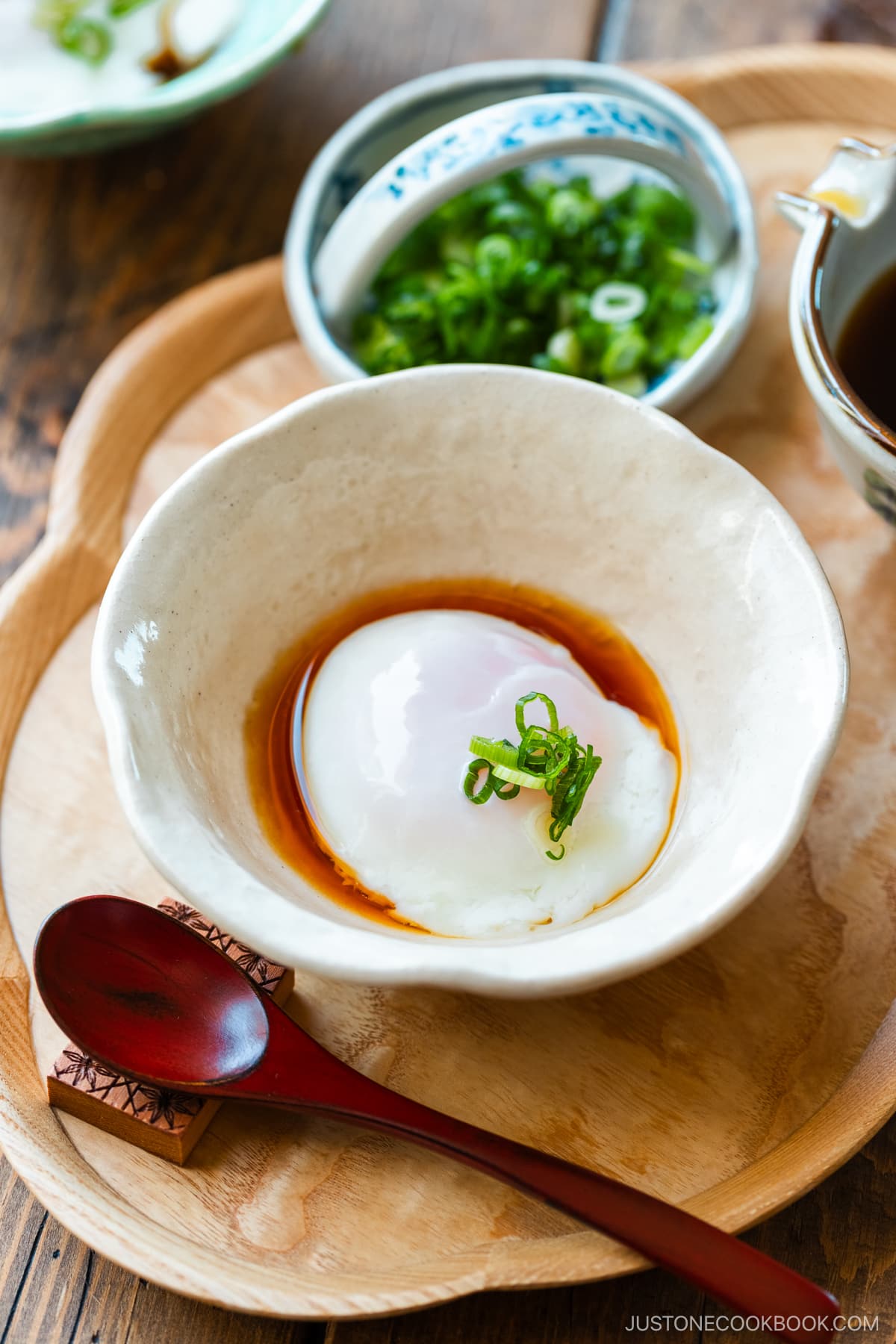
Japan is world famous for its 30,000+ natural hot springs or onsen. Visitors can take a relaxing and therapeutic bath at one of Japan‘s 3,000 onsen resorts and stay at a resort’s ryokan or traditional inn to experience their warm hospitality and delicious cuisine.
When I stay at a ryokan, one of their breakfast dishes that I eagerly anticipate is onsen tamago (温泉卵, “hot spring egg”). Why? Because this Japanese-style poached egg has the silkiest and creamiest texture. It‘s so comforting and satisfying to eat with hot steamed rice in the morning!
Back in the U.S., I find myself craving onsen tamago. Luckily, it’s easy to make this luxurious egg dish in your own kitchen. Whether you’re an onsen-tamago lover or first-time eater, let me show you my foolproof method today so you can make it at home anytime!
What’s Onsen Tamago?
In Japanese, onsen means “hot spring” and tamago means “egg.” Onsen tamago (温泉卵), also known as ontama (温玉), is an egg that’s slow-poached in the shell using volcanic hot springs water.
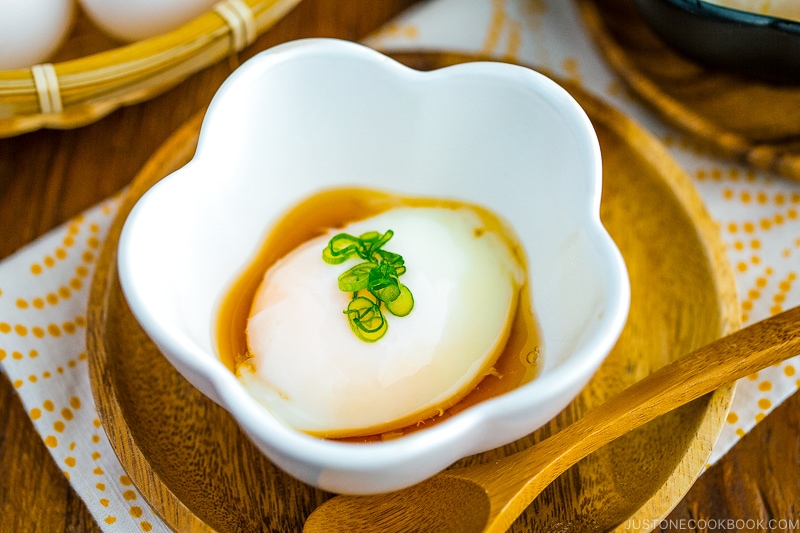
What’s so special about these eggs? They are perfectly poached inside their shell, and the white is silky, creamy, and softer than the half-cooked yolk. This is the opposite of a typical poached egg cooked in simmering water, with a firm white and soft yolk.
The Chemistry Behind Onsen Tamago
We can achieve this special texture because the egg yolk and white solidify at different temperatures. The yolk solidifies at 158°F (70°C) and the white solidifies at 176°F (80°C).
To achieve perfect onsen tamago with creamy and silky whites and soft-cooked yolks, we must cook eggs in hot water at a constant temperature of 149–154°F (65–68°C) for 30 minutes or 154–158°F (68–70°C) for 20 minutes. This mimics the temperature of Japan’s volcanic hot spring waters.
Disclaimer: Many people in the world, including the Japanese, consume uncooked eggs in their cuisine. However, according to the FDA, eggs should be cooked to 165°F (74°C) in order to be considered safe. Please know that the perfect temperature for cooking onsen tamago is below the guideline. There is a risk of salmonella by consuming undercooked eggs.
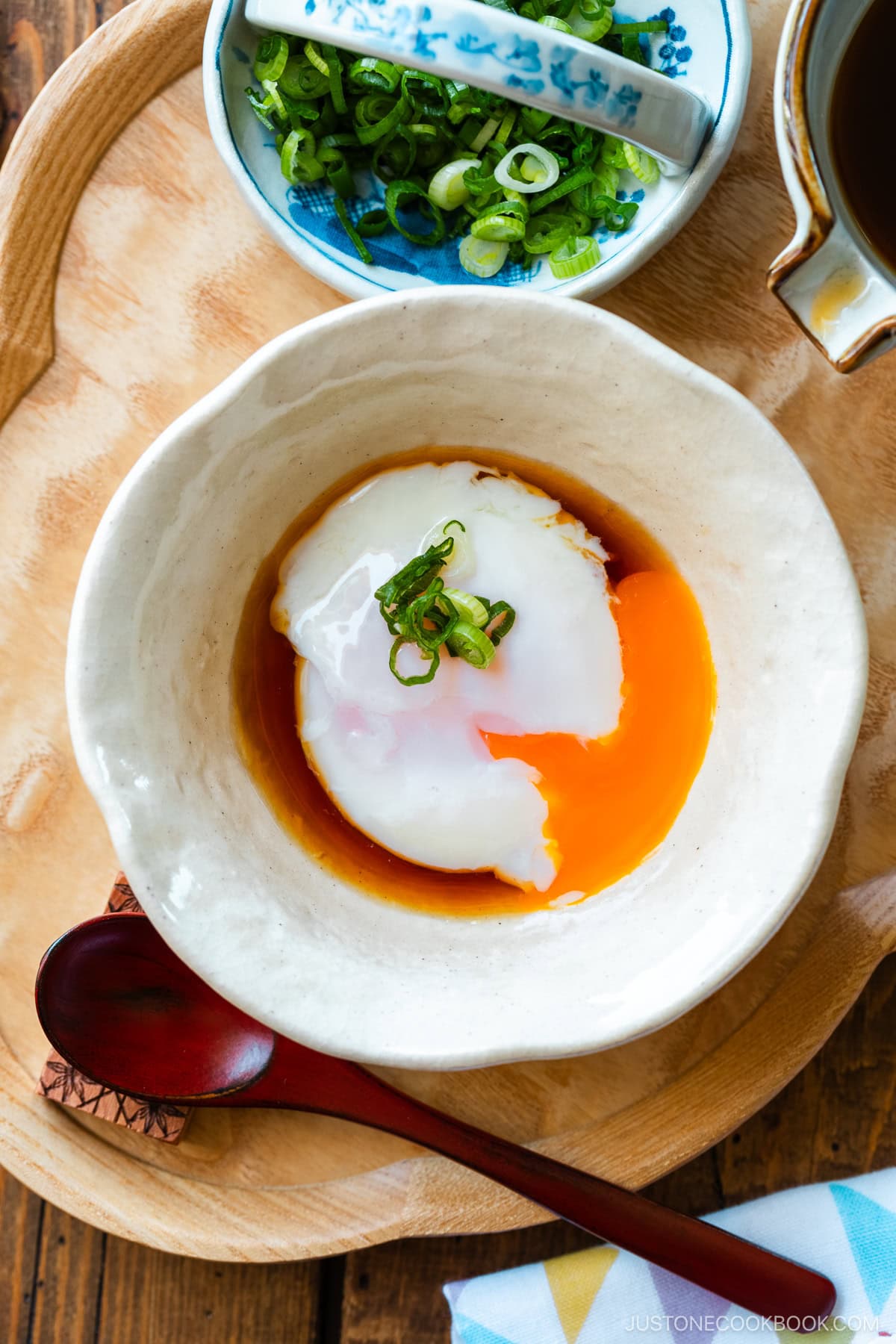
Why This Recipe Works for Everyone
As we don’t have a steady supply of hot spring water at a constant temperature, here’s a method that works for typical home kitchens. This technique does not require special equipment like a microwave, thermometer, or sous vide machine (immersion circulator). It also does not use ice cubes for cooling the cooked eggs; this simplifies things, as some of you don’t keep ice cubes handy.
Here’s what you’ll need:
- A stove, a heavy-bottomed small pot, and a ladle (I use a fine-mesh skimmer). Why a heavy-bottomed pot? It retains heat better.
- Boiling water and tap water to create an ideal starting temperature for the cooking water.
- 4 refrigerated large eggs. Cold eggs offset the higher starting temperature of the cooking water. Some recipes require eggs at room temperature, but our readers’ kitchens have different temperatures depending on where they live, and I wanted to avoid the extra uncertainty.
If you follow my recipe precisely, you will achieve perfect onsen tamago as the final result. If you change the recipe, it will affect the water temperature and you may not achieve a perfect outcome.
🙋🏻♀️ Also, keep in mind that you can customize the firmness of the yolk by increasing or decreasing the cooking time.
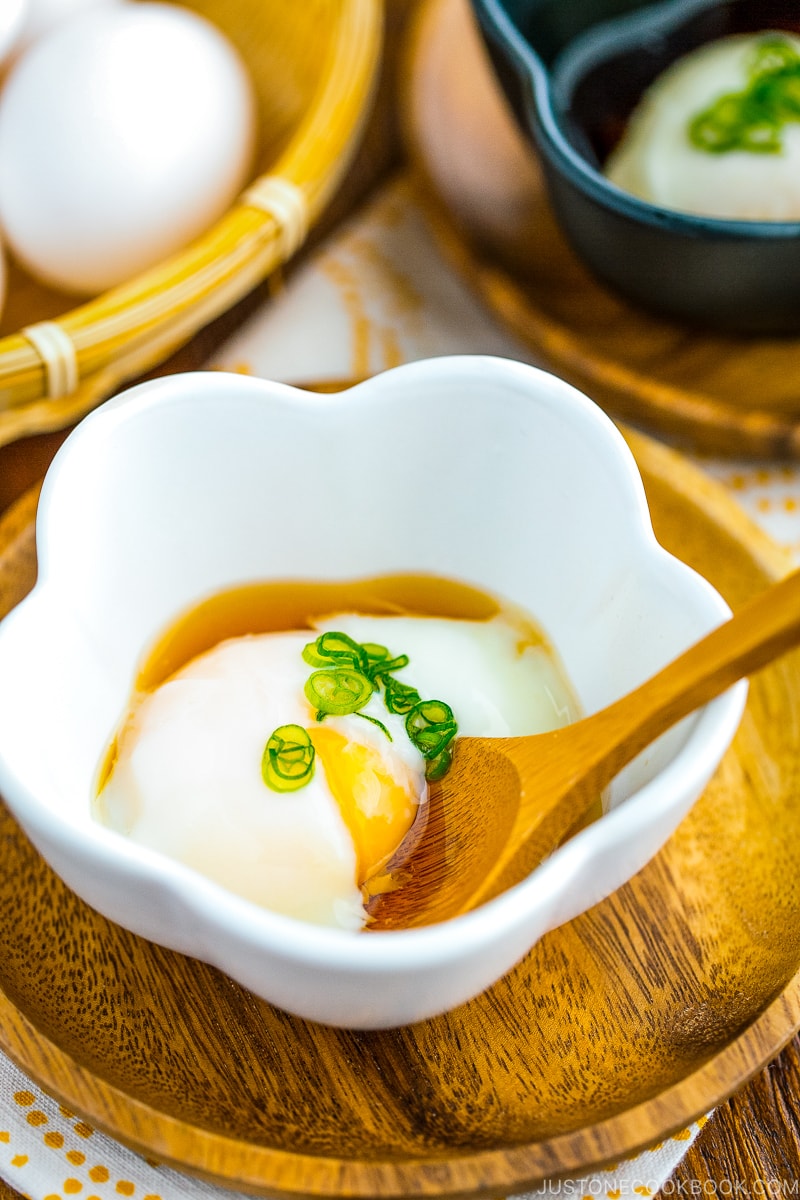
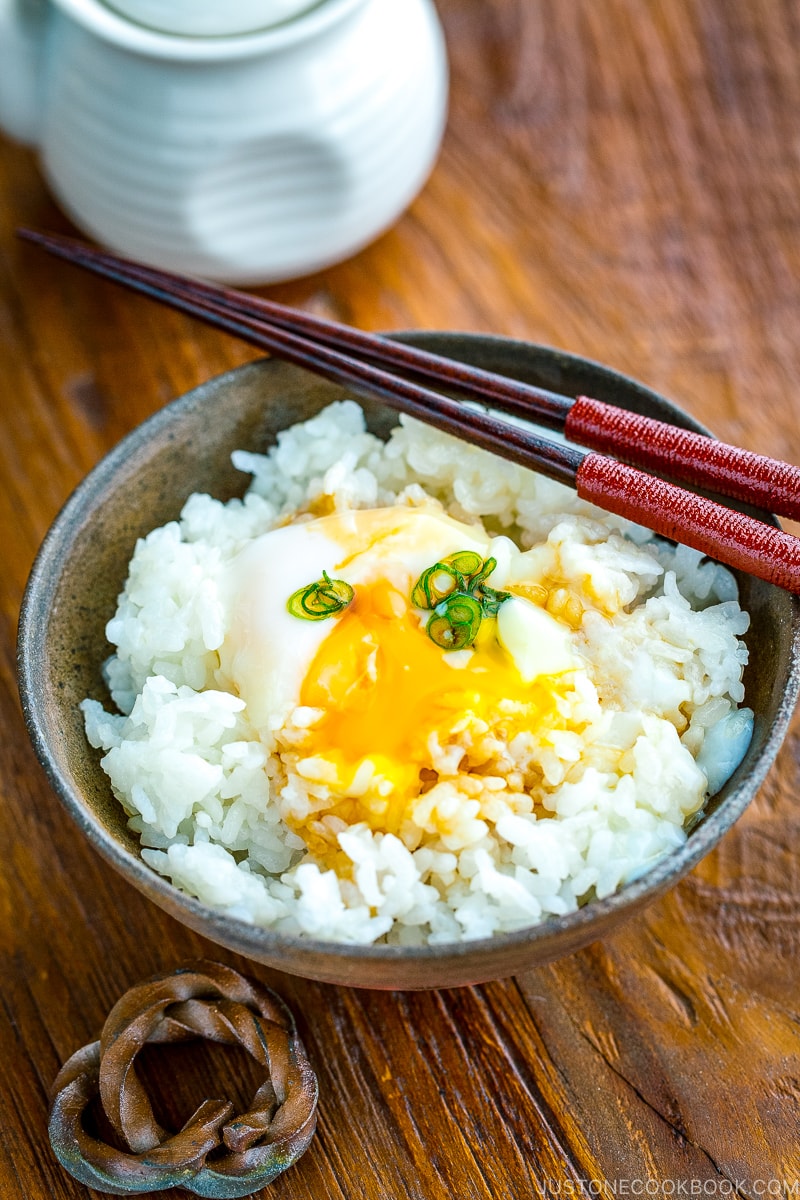
How to Make Onsen Tamago
Here are the simple instructions on how to make perfect onsen tamago without a thermometer or immersion circulator.
- Prepare the cooking water: Boil 4¼ cups (1000 ml or 1 L) of water in a small heavy-bottomed pot. Once boiling, remove it from the stove. Add ¾ cup (200 ml) of cold tap water to the boiled water.
- My hot water temperature at this stage was 180°F (82°C).
- Cook the eggs: Gently submerge 4 refrigerated large eggs, one at a time, in the hot water. Cover the pot, set a timer, and poach for 17 minutes for a runnier yolk and 20 minutes for a creamier yolk.
- My hot water temperature gradually declined to 154–158°F (68–70°C).
- Remove from the water: Open the lid, remove the eggs from the hot water, and set aside for 5 minutes. The residual heat will continue to cook the eggs.
- The water temperature was 154°F (68°C) when I opened the lid after 20 minutes.
- Ready to serve: Serve warm or at room temperature with a drizzle of the dashi soy sauce or add one to curry rice, noodle soup, a hambagu meal, a rice bowl, or a plate of cold noodles.
FAQs
What if I don’t have a heavy-bottomed pot?
A lightweight or thin-bottomed pot is usually made with materials that may heat up and cool down more quickly than heavy-bottomed pots. Therefore, try using less cold tap water, about ⅓–½ cup (100–150 ml) instead ¾ cup (200 ml). If you try this method, keep us posted on your results in the comments below.
Can I use medium eggs?
Since they are smaller, they will cook faster. Please shorten the cooking time. FYI, a large egg without the shell is 50 grams.
How to Serve Onsen Tamago
Onsen tamago with a dashi-based soy sauce (だし醤油) is a typical choice of egg to serve for Japanese breakfast.
You can also serve onsen tamago in various dishes. I adjust the onsen tamago’s cooking time to cook the egg yolk more or less depending on how I use it. For example, I prefer a runny yolk on Japanese curry and a firmer yolk on hambagu.
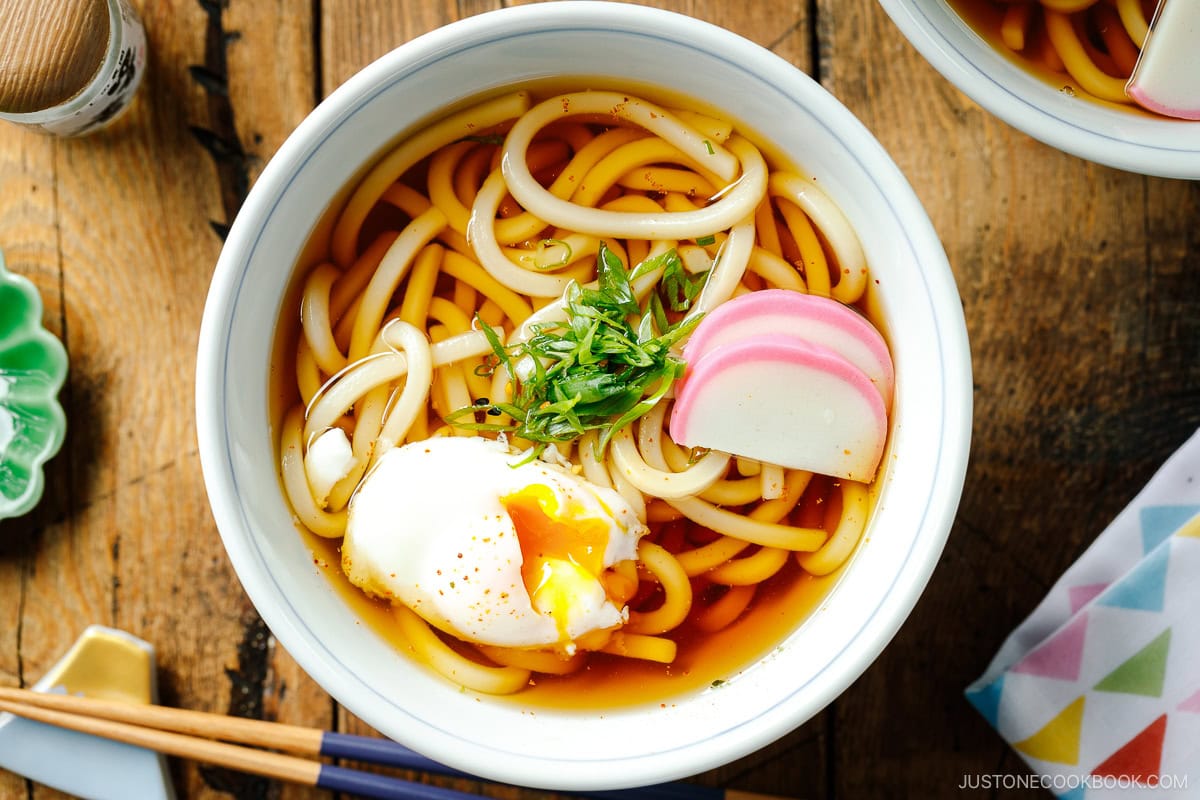
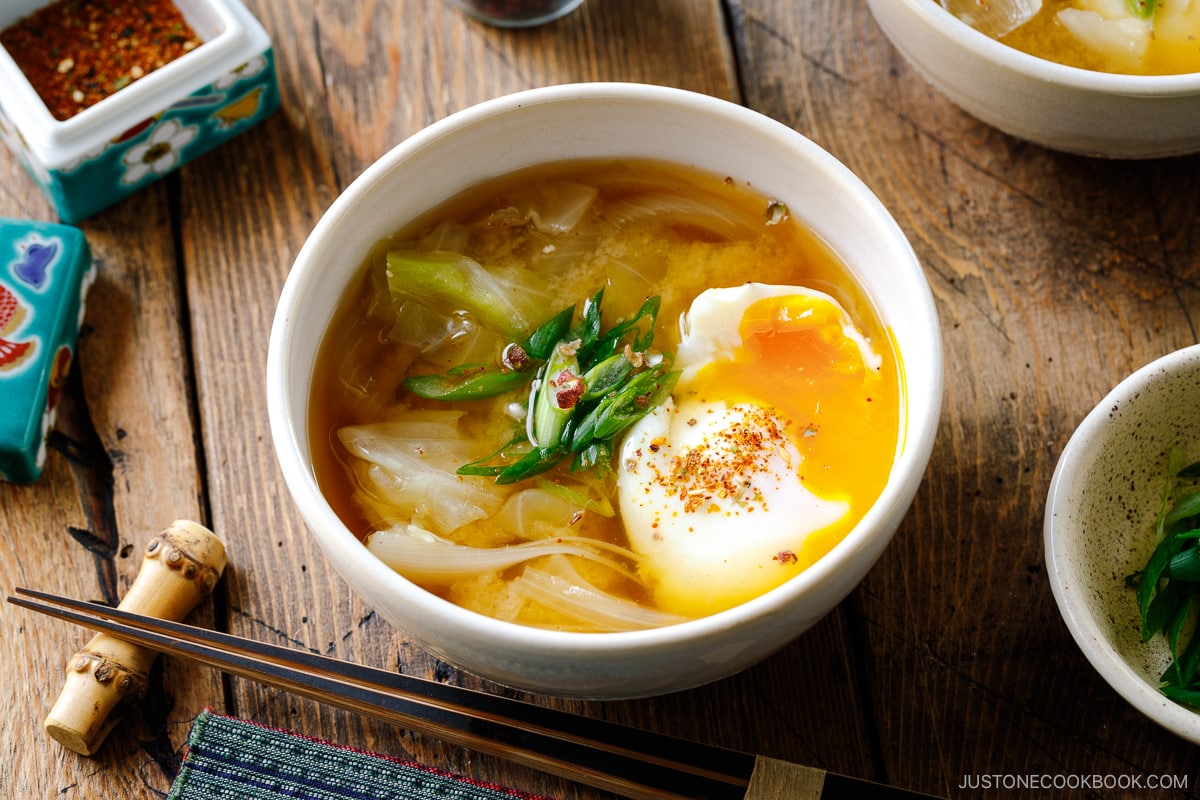
Here are some of my suggestions:
- Put it over fried rice: Kimchi Fried Rice, Garlic Fried Rice
- Top your Japanese curry rice: Japanese Dry Curry, Keema Curry, Chicken Curry, Vegetarian Curry, Beef Curry
- Add it to a rice bowl: Gyudon, Yakiniku Don, Tamago Kake Gohan
- Put it in noodle soup: Kake Udon, Cold Tanuki Udon, Vegetarian Udon, Soba Noodle Soup, Miso Ramen, Vegetarian Ramen, Shoyu Ramen, Mazesoba (brothless ramen)
- Top a main dish: Hambagu (Japanese hamburger steak), Nikomi Hambagu (stewed hamburger steak), Loco Moco, spaghetti carbonara (my favorite), Avocado Toast
- Put it in your soup and hot pot: Classic Miso Soup, Cabbage and Onsen Tamago Miso Soup, Cold Miso Soup (Hiyajiru), Zosui (Japanese rice soup), Nabeyaki Udon, Miso Nikomi Udon
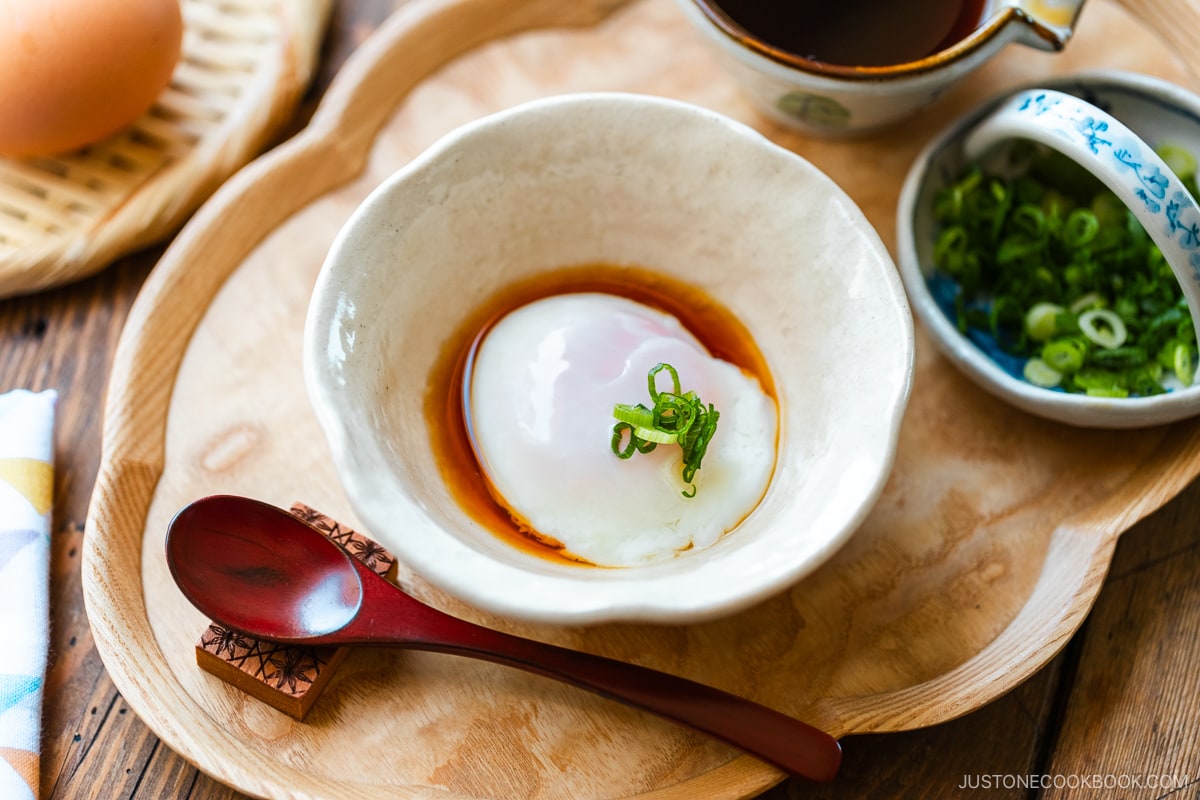
Wish to learn more about Japanese cooking? Sign up for our free newsletter to receive cooking tips & recipe updates! And stay in touch with me on Facebook, Pinterest, YouTube, and Instagram.
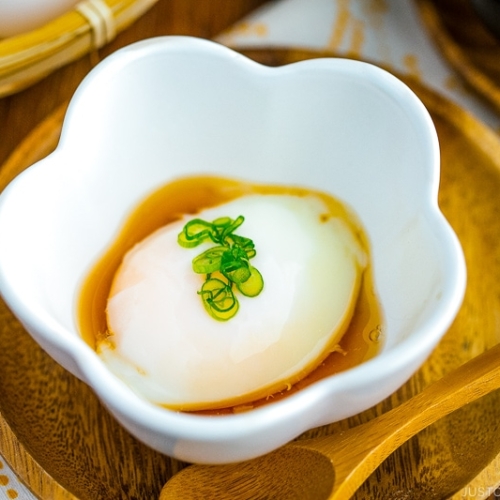
Onsen Tamago (Japanese Hot Spring Egg)
Onsen Tamago, or “hot spring eggs“ in Japanese, are slowly poached in the shell in hot spring water. This creates the most luxurious, silky egg whites and custard-like yolks. Learn how to make this delicious, easy recipe at home with my foolproof method.
Prep Time: 10 minutes
Cook Time: 20 minutes
Total Time: 30 minutes
Ingredients
- ▢ 4¼ cups water (1 L)
- ▢ 4 large eggs (50 g each w/o shell) (refrigerated)
- ▢ ¾ cup tap water (200 ml; colder than room temperature)
For the Garnish
- ▢ green onion/scallion
Japanese Ingredient Substitution: If you want substitutes for Japanese condiments and ingredients, click here.
Instructions
Before You Start: You must use a small, heavy-bottomed saucepan (I use All-Clad Copper Core 2 QT saucepan) that retains heat well and is small enough to completely submerge the eggs in the measured water. If you don‘t have one, please see my FAQs section of the blog post for my suggestion. Also, you need exactly 4 refrigerated large eggs for this recipe to achieve the correct water temperature for poaching. Now, gather all the ingredients.

To Poach the Eggs
To the heavy-bottomed saucepan, add 4¼ cups water (1 L). Cover with a tight-fitting lid and bring it to a boil.

Once boiling, turn off the heat and remove the pot from the stove. I moved my saucepan to a hot pad on my countertop. Next, remove 4 large eggs (50 g each w/o shell) from the refrigerator.

To the pot of just-boiled water, add ¾ cup tap water (200 ml) that's colder than room temperature and stir. The hot water in the saucepan should be roughly 180°F (82°C). Then, gently submerge the cold eggs, one at a time, into the hot water using a fine-mesh skimmer. Tip: If you‘re using a lightweight or thin-bottomed pot, try adding only ⅓–½ cup (100–150 ml) of cold tap water instead.

Immediately cover with the lid and set a timer for 17–20 minutes. Poach 17 minutes for runnier yolks and 20 minutes for creamier yolks. If you follow my method precisely, the water temperature will be 154°F (68°C) when you open the lid after 20 minutes. Note: If you prefer a firmer yolk, you can experiment with a longer poaching time.

To Make the Sauce
Meanwhile, make the sauce. Combine ¼ cup dashi (Japanese soup stock), ½ Tbsp mirin, 1½ Tbsp soy sauce, and 2 Tbsp katsuobushi (dried bonito flakes) in a small saucepan and bring it to a boil.

Once boiling, turn off the heat.

Strain through a sieve and set the sauce aside.

To Finish the Onsen Tamago
After 17–20 minutes, gently take the eggs out of the water, one at a time. Set them aside for 5 minutes. The residual heat will continue to cook the eggs.

Meanwhile, cut the green onion/scallion into thin slices and set aside.

To Serve
Enjoy the Onsen Tamago either warm or at room temperature. Crack the egg into a small bowl, pour the dashi-based sauce into the bowl, and garnish with the sliced green onion as a part of a Japanese breakfast. Try the egg on top of steamed rice with a splash of soy sauce. It’s also delicious in a rice bowl, on top of Japanese curry rice, in hot noodle soup, or on a plate of cold udon or ramen noodles. See below for serving ideas.

To Serve Onsen Tamago in Other Dishes
Top a rice dish: Onsen Tamago is a protein-rich topping for fried rice like Kimchi Fried Rice and Garlic Fried Rice. Try adding one to finish a Japanese curry rice plate like Japanese Dry Curry, Keema Curry, Chicken Curry, Vegetarian Curry, and Beef Curry.
Add it to a rice bowl: It‘s a silky and rich topping for Gyudon (simmered beef bowl) and Yakiniku Don (grilled beef bowl). It also works beautifully in a poached-egg version of Tamago Kake Gohan.
Put it in noodle soup: Up the protein and add one to your Kake Udon (classic udon noodle soup), Vegetarian Udon, Cold Tanuki Udon, and classic Soba Noodle Soup. It‘s also great in Shio Ramen, Miso Ramen, Vegetarian Ramen, Shoyu Ramen, and Mazesoba (Japanese brothless ramen).
Top a main dish: Add one to your Hambagu (Japanese hamburger steak), Nikomi Hambagu (stewed hamburger steak), Loco Moco, and spaghetti carbonara (my favorite). It also works well on Avocado Toast.
Put it in your soup and hot pot: Bulk up your Japanese soups by adding one to classic Miso Soup, Cabbage and Onsen Tamago Miso Soup, Cold Miso Soup (Hiyajiru), and Zosui (Japanese rice soup). It‘s delicious in Nabeyaki Udon, Miso Nikomi Udon, and Hot Pot for One, too.
To Store
You can keep the uncracked Onsen Tamago for 1–2 days in the refrigerator. To reheat, remove it from the refrigerator and bring it to room temperature. To warm it up further, place it in a bowl of 160ºF (70ºC) water for 10 minutes. Do not reheat higher than that; otherwise, the heat will cook the egg. Keep any leftover sauce in the refrigerator for 4–5 days.
Nutrition
Nutrition Facts
Onsen Tamago (Japanese Hot Spring Egg)
Amount per Serving
% Daily Value*
* Percent Daily Values are based on a 2000 calorie diet.
Author: Namiko Chen
Course: Side Dish
Cuisine: Japanese
Keyword: egg
©JustOneCookbook.com Content and photographs are copyright protected. Sharing of this recipe is both encouraged and appreciated. Copying and/or pasting full recipes to any website or social media is strictly prohibited. Please view my photo use policy here.
Did you make this recipe?If you made this recipe, snap a pic and hashtag it #justonecookbook! We love to see your creations on Instagram @justonecookbook!
Editor’s Note: This post was originally published on January 22, 2015. It was republished with a new video, new images, and more helpful content on April 19, 2024.
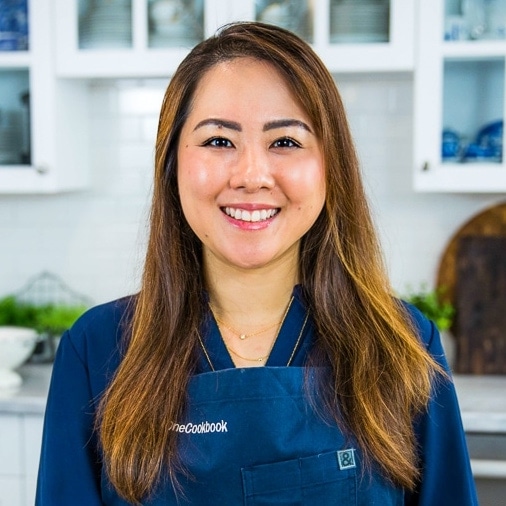
Meet the Author
Namiko Chen
I'm Nami, a Japanese home cook based in San Francisco. Have fun exploring the 1000+ classic & modern Japanese recipes I share with step-by-step photos and How-To YouTube videos.
Subscribe Now!
5 Secrets to Japanese Cooking: Simple Meals & Authentic Flavors!
Sign up to receive our FREE email series on Japanese cooking tips and weekly newsletter.

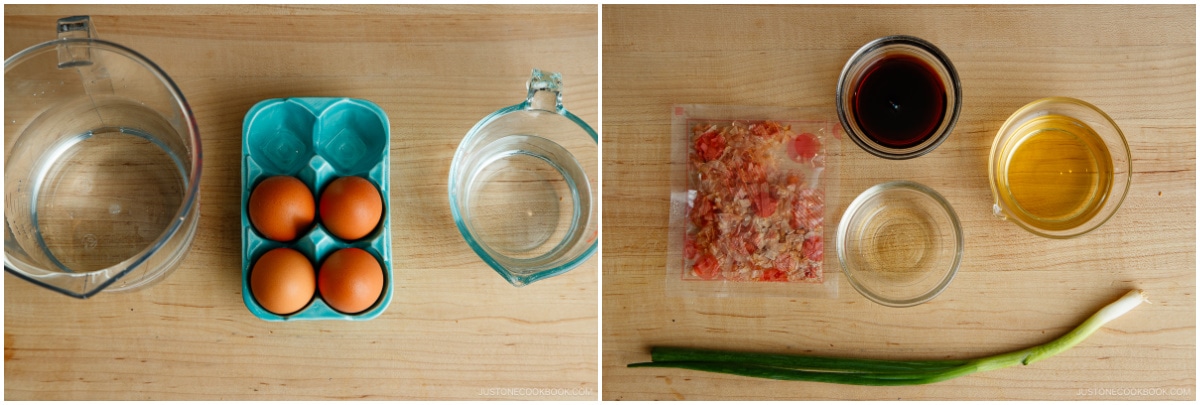
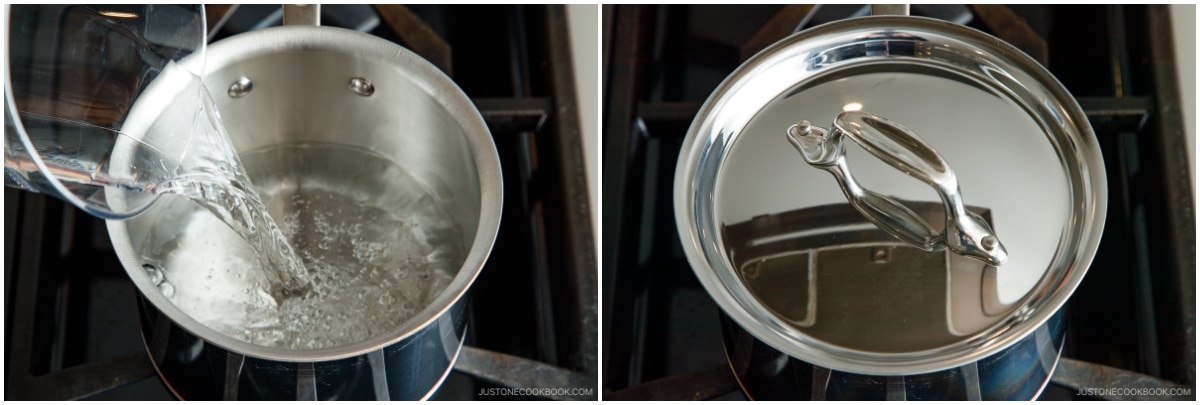
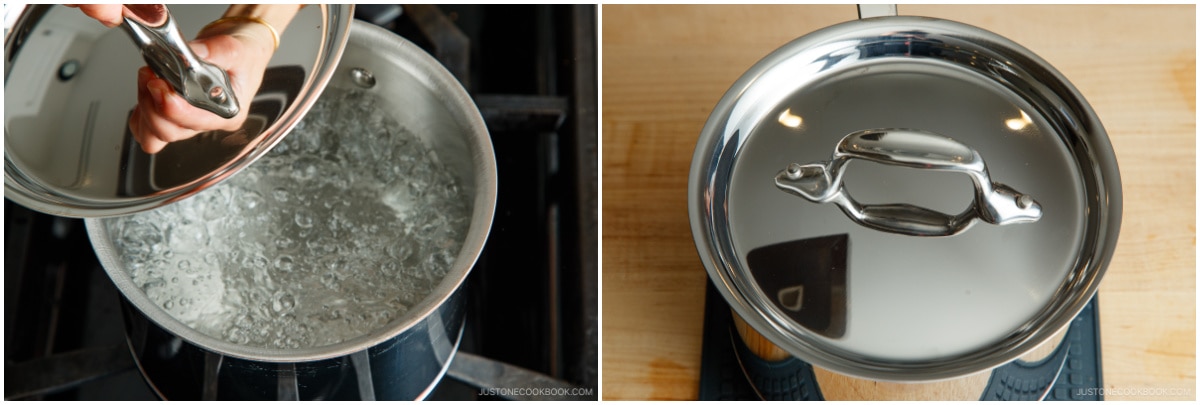
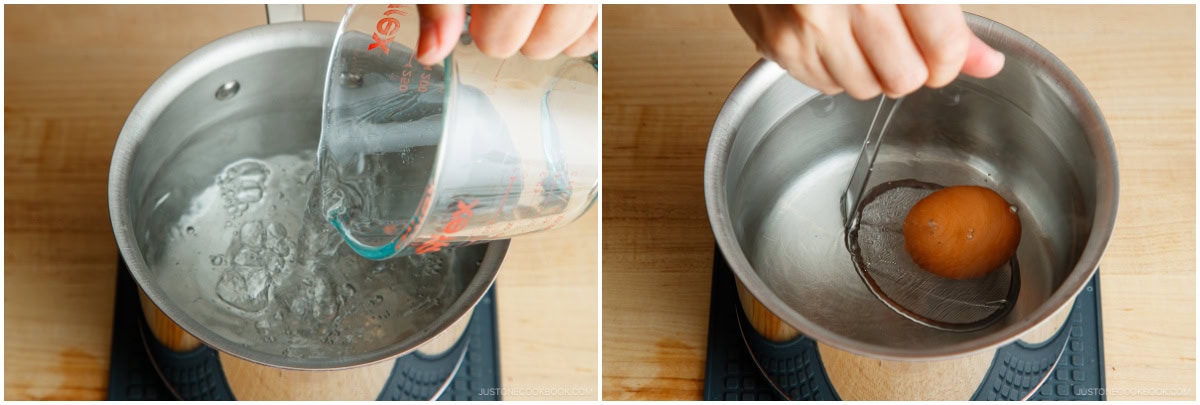
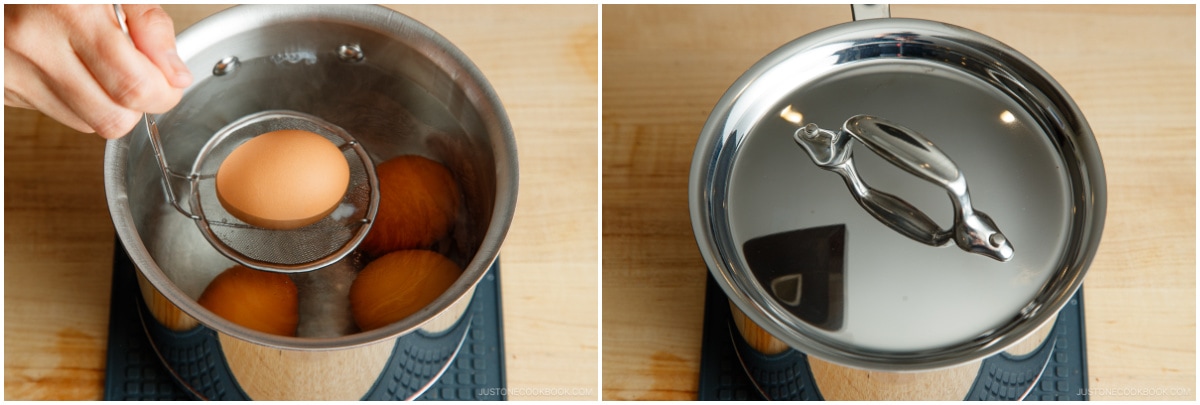
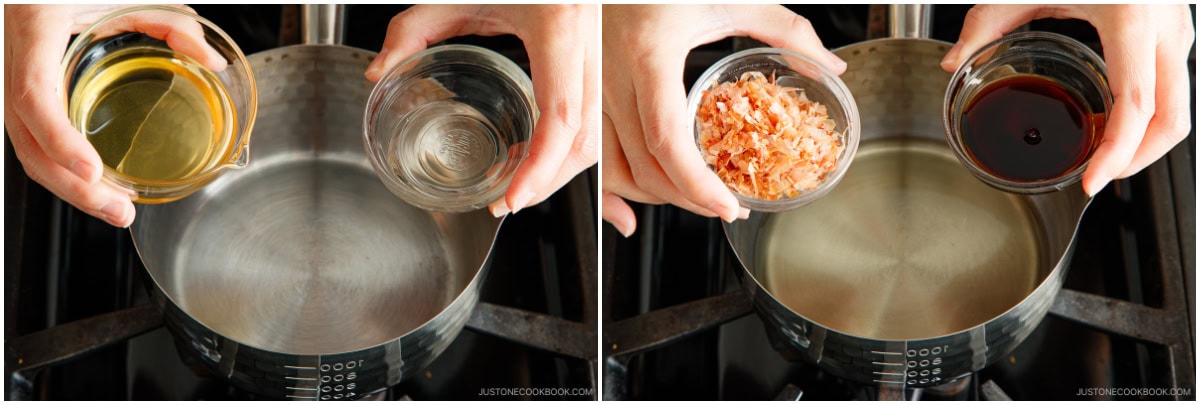

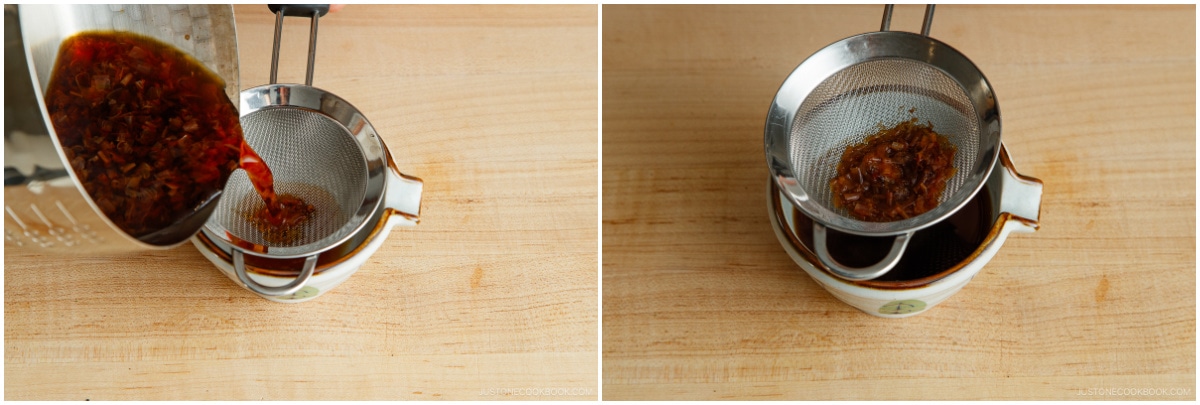
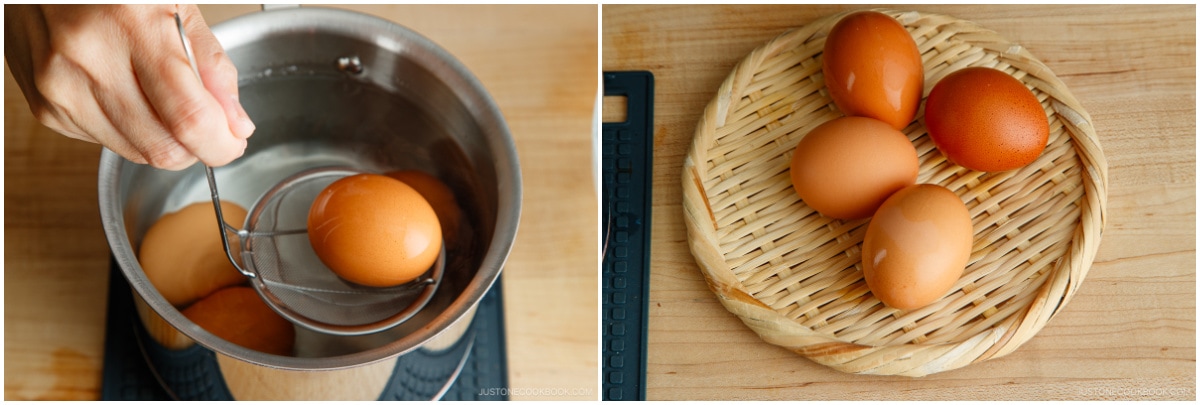
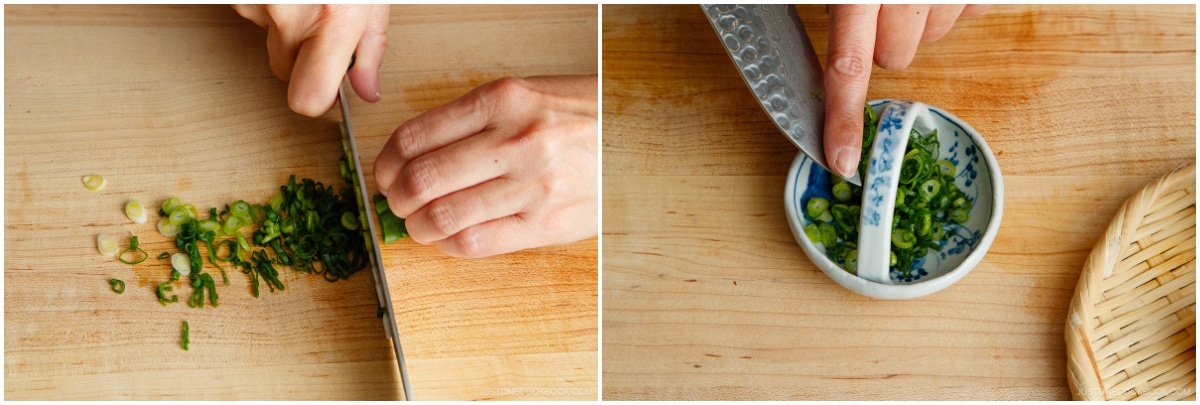
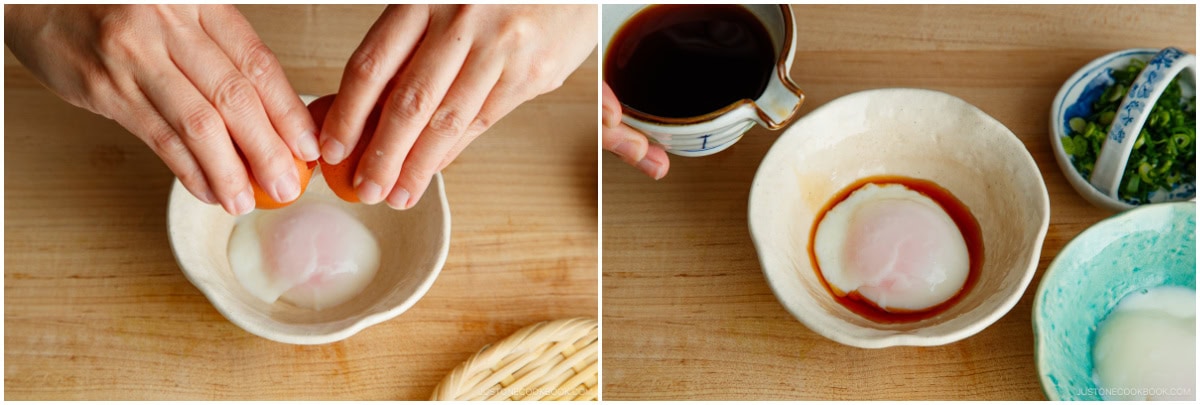




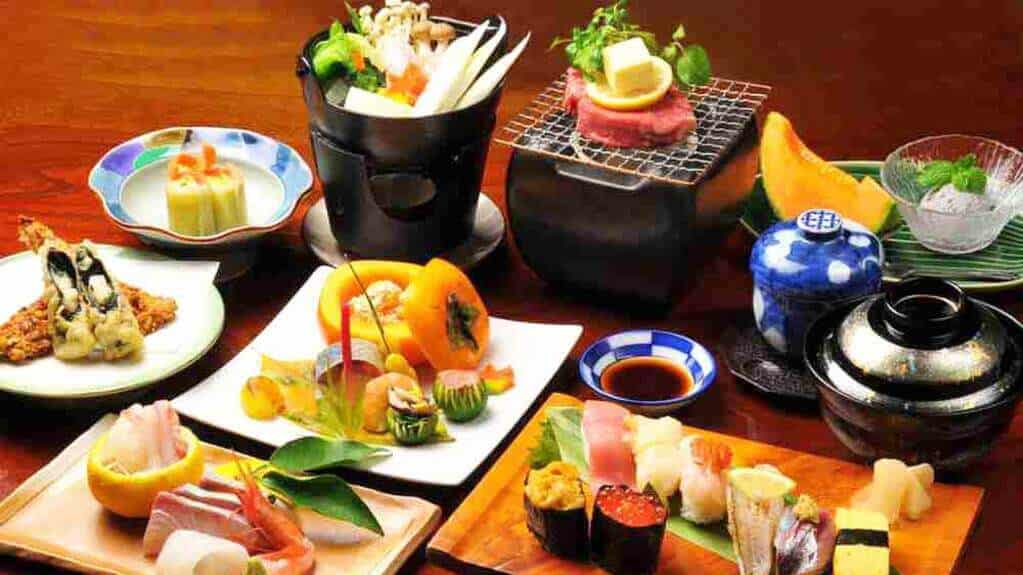



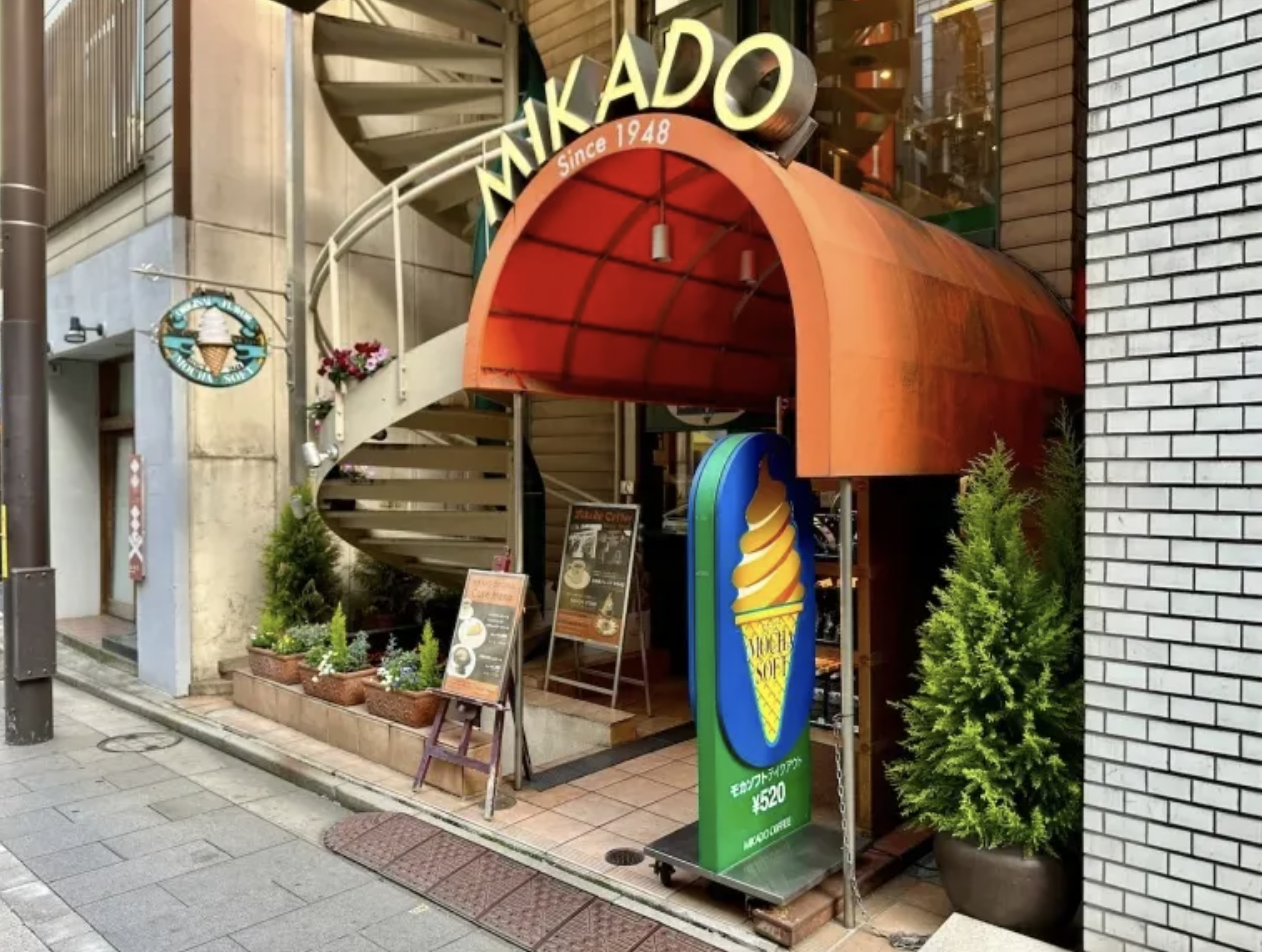

 English (US) ·
English (US) ·